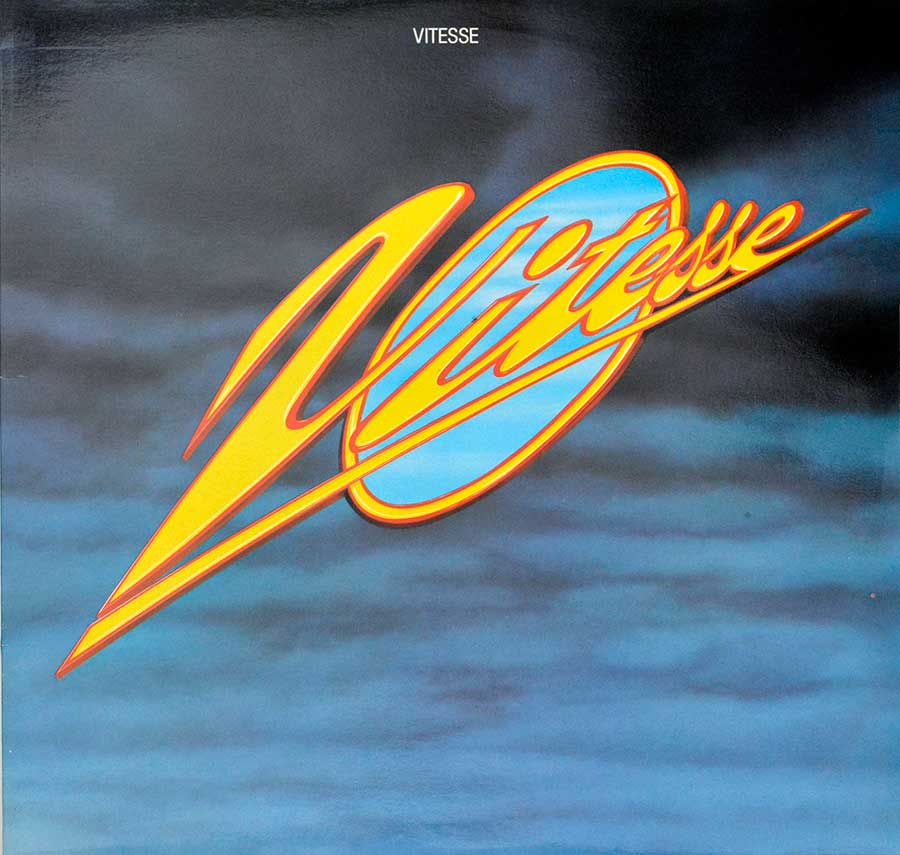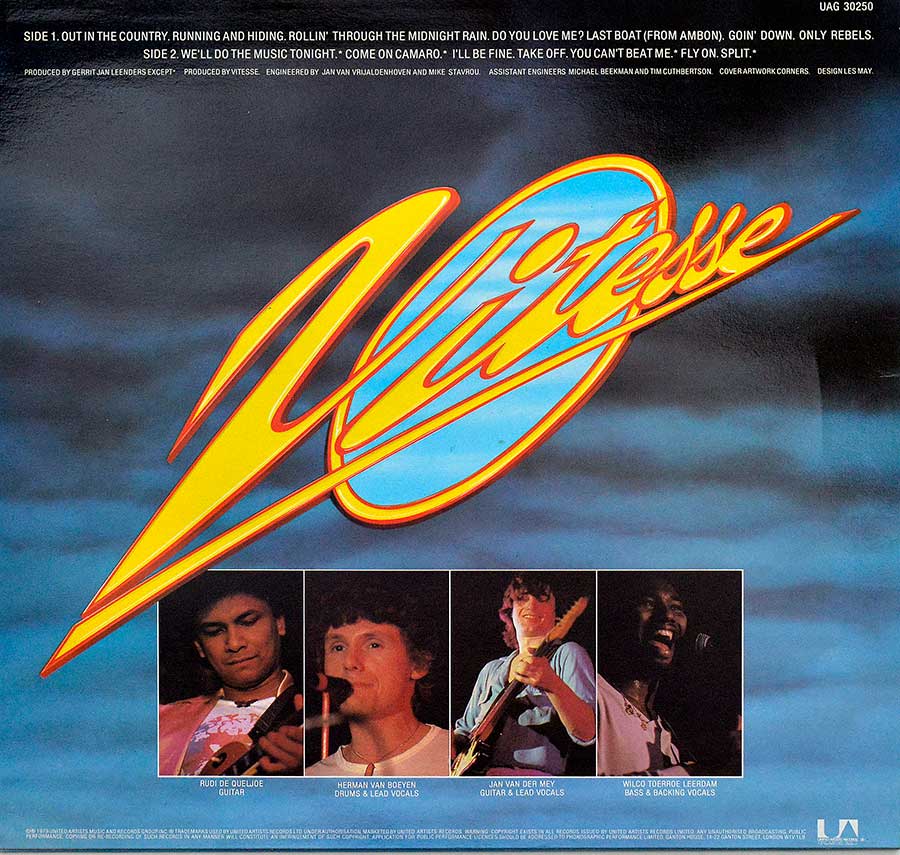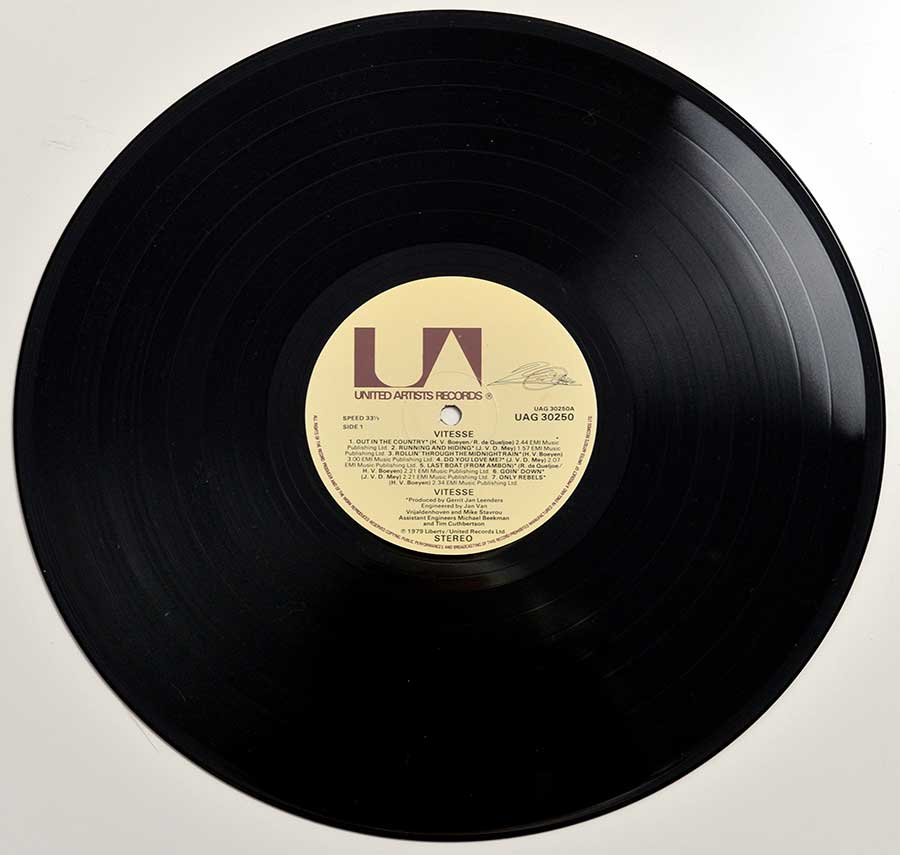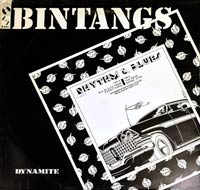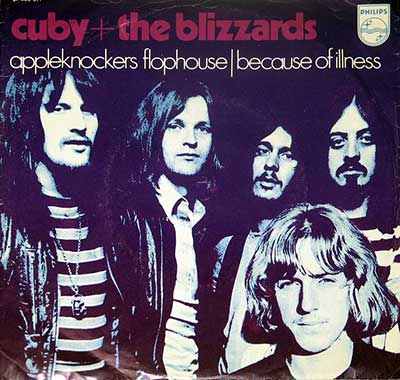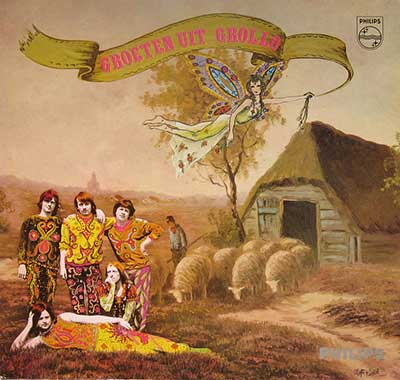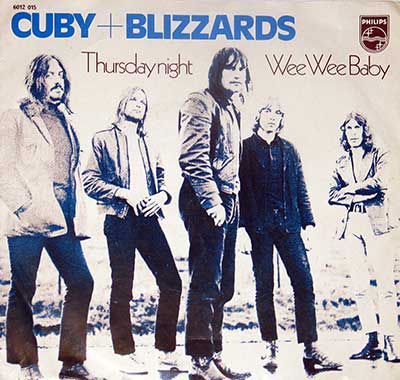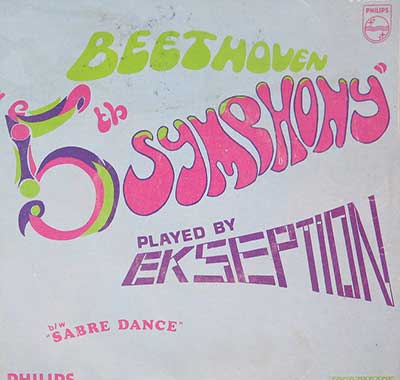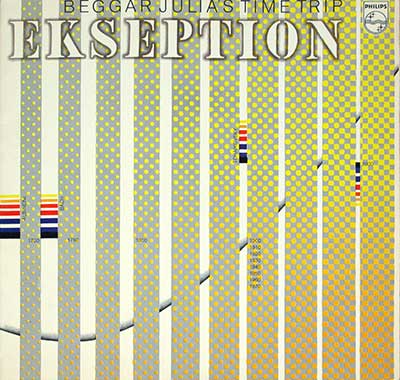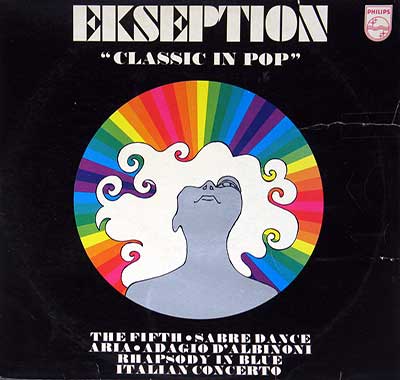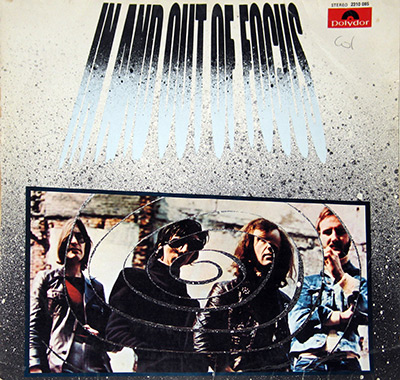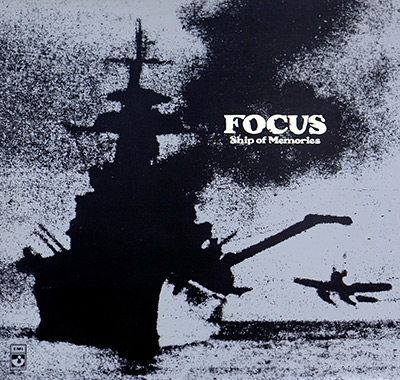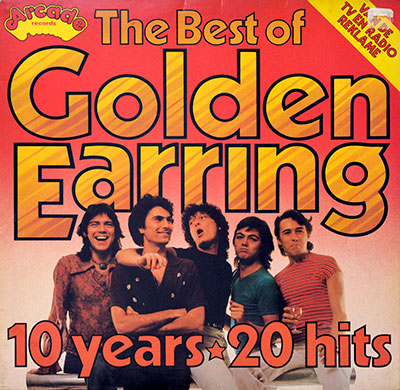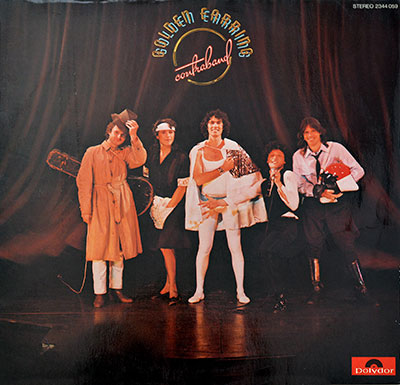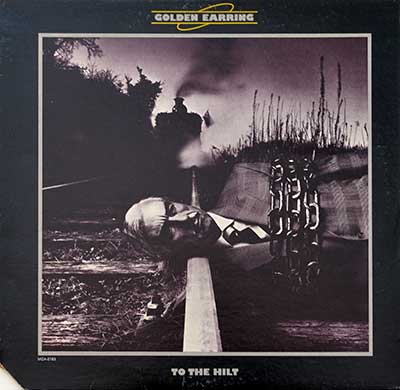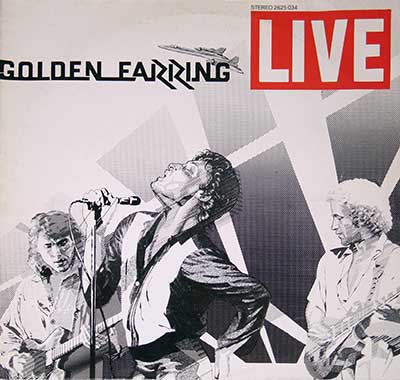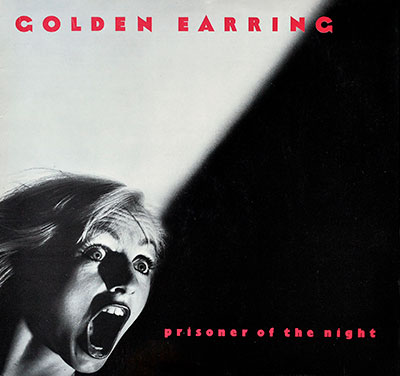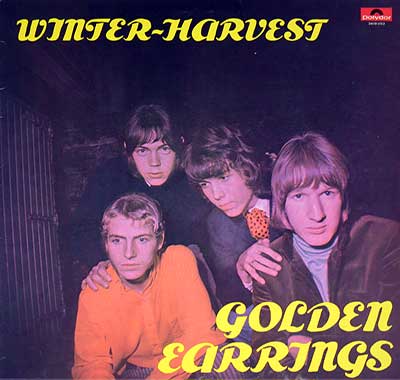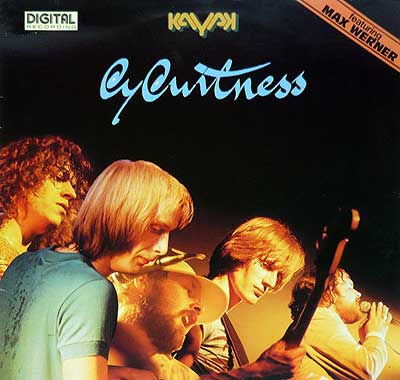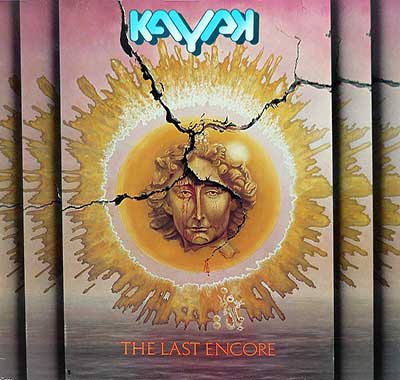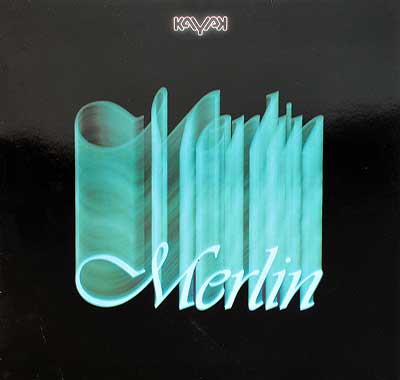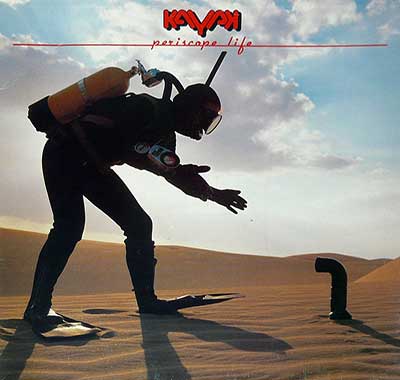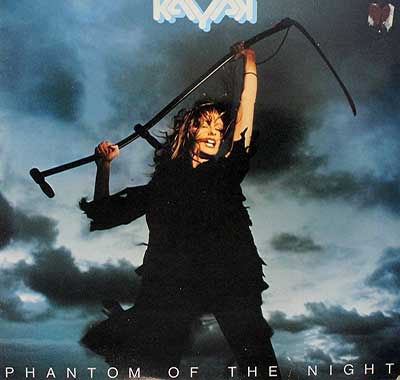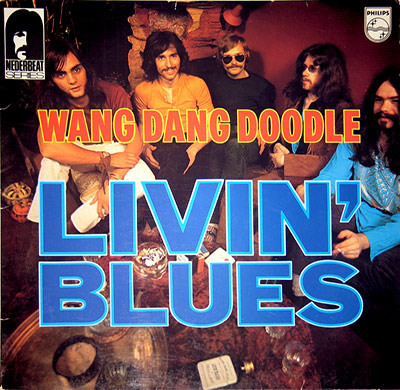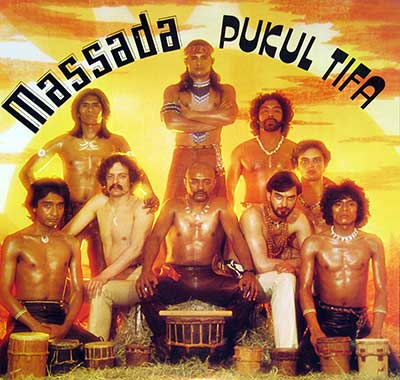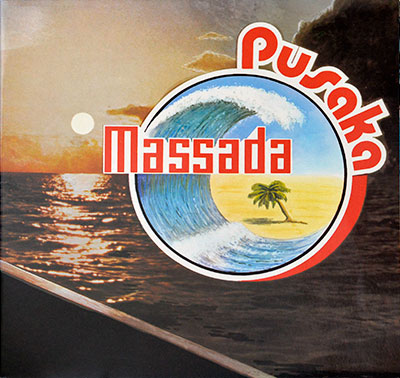Vitesse: The Rhythm of Dutch Rock from the 1970s to the 1980s
In the evolving landscape of post-Beatles European rock, few Dutch bands captured the pulse of the moment quite like Vitesse. Formed in 1975, Vitesse became a fixture in the Netherlands’ vibrant rock scene, bridging the gap between 1970s classic rock and the slicker, sharper sounds of 1980s new wave. The band’s fluctuating lineups and stylistic shifts reflected not only internal artistic experimentation but also the broader transformations in popular music across two decades.
The Vision of Herman van Boeyen
At the heart of Vitesse was Herman van Boeyen, a drummer whose relentless ambition and musical discipline defined the group. Van Boeyen, who had previously played with various Dutch bands, founded Vitesse with the goal of producing a high-energy rock act grounded in tight rhythms and accessible melodies. He would remain the band’s only constant member throughout its lifespan, often regarded as both its engine and its compass.
Early Years and Musical Foundations
Vitesse’s earliest recordings, such as their debut album Vitesse (1976), showed a strong rock orientation with hints of glam and progressive influence—styles that still lingered in the Dutch scene at the time. The band’s follow-up, Out in the Country (1978), further honed their melodic sense, showcasing a shift toward a more concise and pop-oriented approach.
Despite solid musicianship, these initial efforts did not yet catapult Vitesse to mainstream success. Part of the challenge was the band's ever-changing lineup, a feature that would continue to define its history. Notably, during this period, Henny Vrienten, later of Doe Maar fame, briefly joined the band, contributing to its transitional sound before departing.
Breakthrough and Chart Success
Vitesse’s fortunes changed in the early 1980s as they embraced the leaner aesthetics of new wave and power pop. With songs that combined catchy hooks, punchy guitar riffs, and precise drumming, they hit their commercial stride.
In 1982, the band released its biggest hit, "Rosalyn", a taut and infectious single that climbed into the Dutch Top 10. The track's success cemented Vitesse’s status as one of the leading Dutch rock acts of the era. Other notable songs like "Good Lookin’" and "Whole Lot of Travellin’" reinforced their appeal to both radio listeners and live audiences.
That same year saw the release of Live! 1982, a testament to their reputation as a compelling concert band, marked by tight instrumentation and charismatic performance.
Style and Identity
Musically, Vitesse straddled genres: they weren’t strictly punk, nor entirely pop. They were often likened to British contemporaries such as The Police or Joe Jackson, blending reggae-influenced rhythm with pop songwriting and new wave aesthetics. What set them apart was the sheer rhythmic drive provided by van Boeyen’s drumming, anchoring a sound that was both muscular and danceable.
Decline and Legacy
Despite their success, Vitesse could not sustain momentum in the changing musical climate of the late 1980s. By the early 1990s, their releases had diminished in impact, and the band ultimately faded from the public eye. Internal tensions, coupled with the pressures of constant reinvention, led to the group's dissolution by the mid-1990s.
Yet the legacy of Vitesse endures in Dutch music history. They are remembered not only for their hits and stage presence but for their role in bridging the golden age of 1970s rock with the streamlined polish of 1980s pop. In a country rich with musical innovation, Vitesse’s story is emblematic of the restless creativity that fueled a generation of Dutch musicians.
